
As SJMC Japan nears the end of the program, students experienced a day of thrills on their last, full day in Kyoto. On the agenda: Kyoto Imperial Palace, Nijō Castle and a farewell dinner to wrap up the education abroad program.
SJMC Japan students visited two important Japanese landmarks of Japanese culture that coincide with each other’s history. While Nijō Castle showcases the shōgun’s simple architecture and traditional ways of living, the Kyoto Imperial Palace shows off its wealth in vibrant houses and elaborately designed gates.
Students were introduced to Haruna Azumano, their tour guide for the day. The group used Kyoto’s train system to arrive promptly at the historic Kyoto Imperial Palace.
As the students approached the east gate, their eyes grew wide as they realized just how massive the palace grounds were.
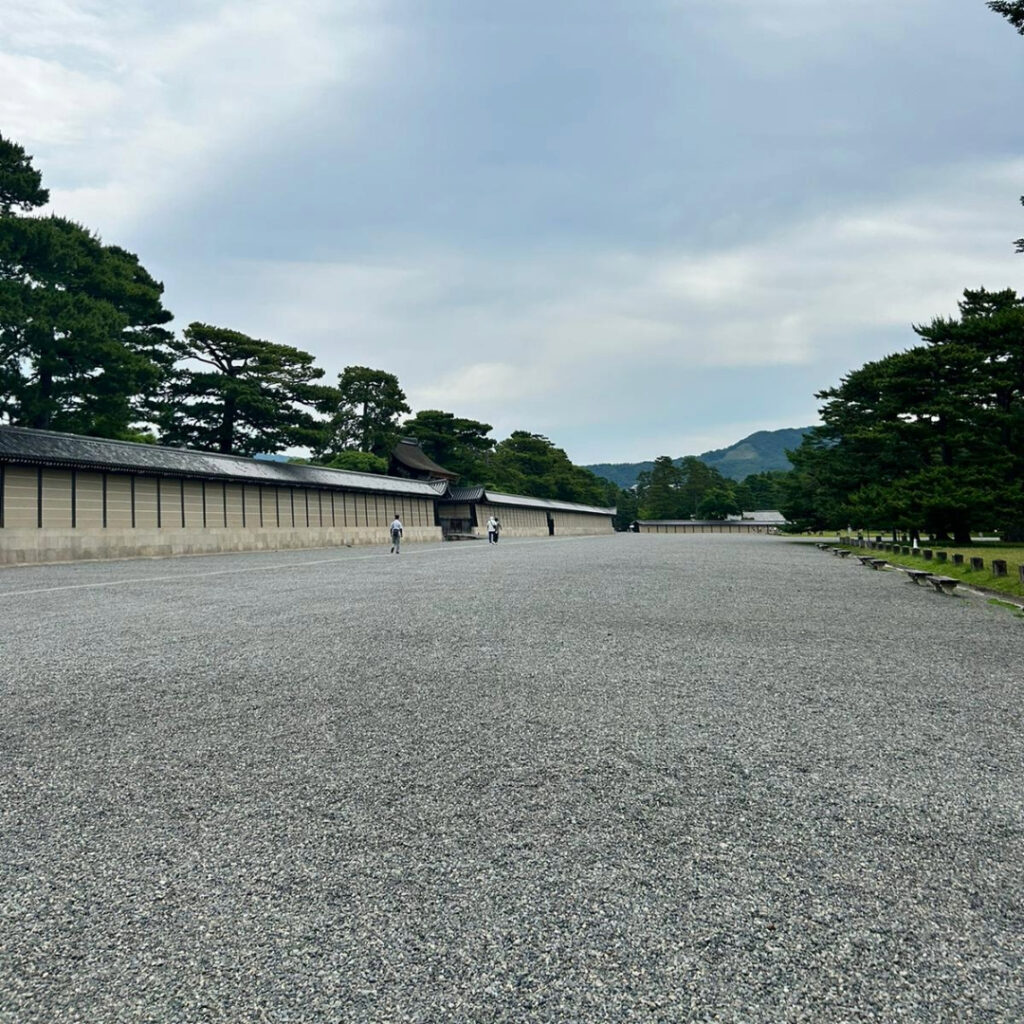
“Wow, this place is huge!” advertising senior Ivy Murph said as the group approached the Imperial Palace walls.
The Imperial Palace is located within Kyoto Imperial Park, which is at Kyoto’s center and is surrounded by tall, stone walls. The recreational park is about 4,200 feet long and 2,000 feet wide and offers patrons a variety of activities including walking, biking and sight-seeing.
There are also historic attractions including the Kaninnomiya Mansion, Itsukushima Shrine, Konoe Pond and the Sento Imperial Palace.
SJMC Japan students immediately noticed the crunch of gravel as they walked the grounds. As students walked on, they learned from Azumano that the gravel-filled paths had a deeper meaning. With each step, she said, the crunch of the gravel wards off evil spirits.
The imperial grounds are plentiful in evergreen pine trees, which symbolizes the emperor’s reign; as the pine trees stay lush and green, so does the emperor’s power.
The original Kyoto Imperial Palace was built in 1630 and was used as the Japan imperial family’s residence until 1868 when they moved to Tokyo. It was then used as a retirement home for Emperor Go-Mizunō and subsequent retired emperors. The current Kyoto Imperial Palace was built in 1855 after a fire burned down the original.
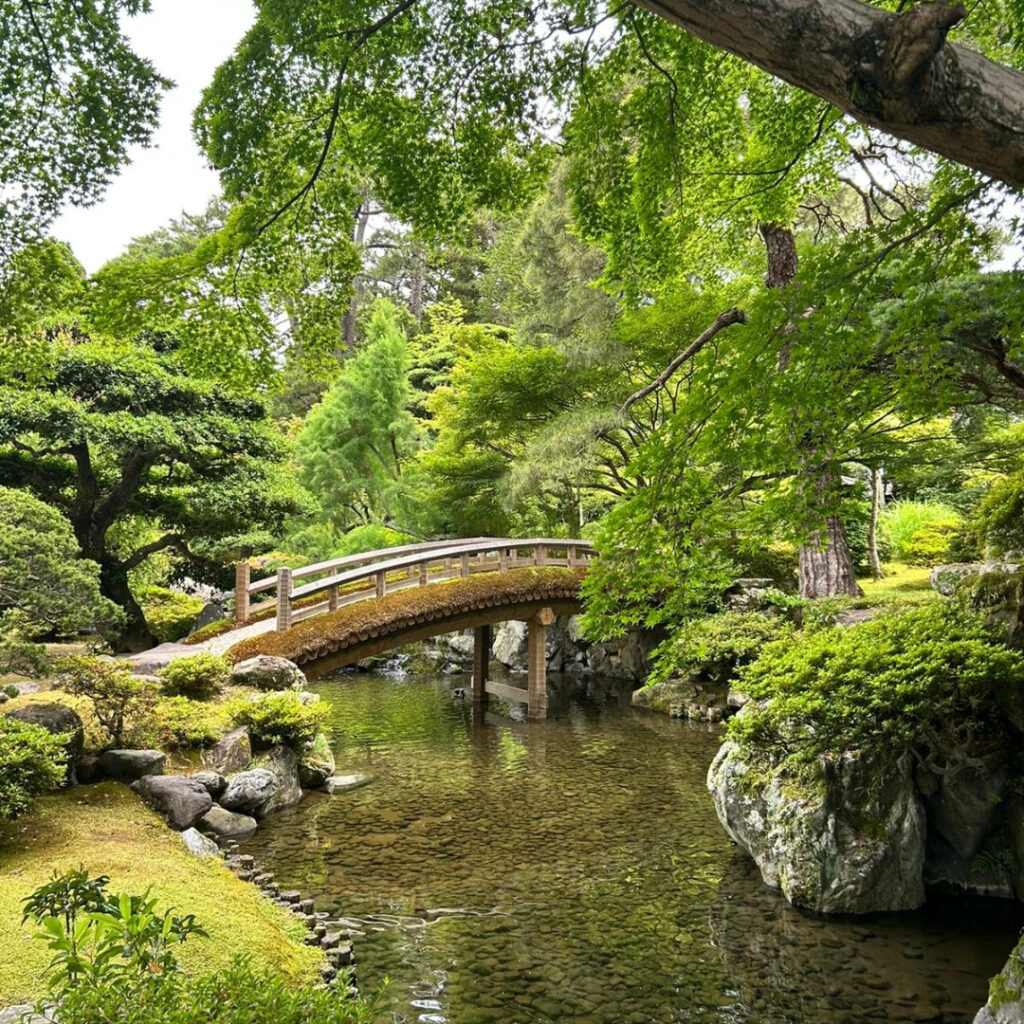
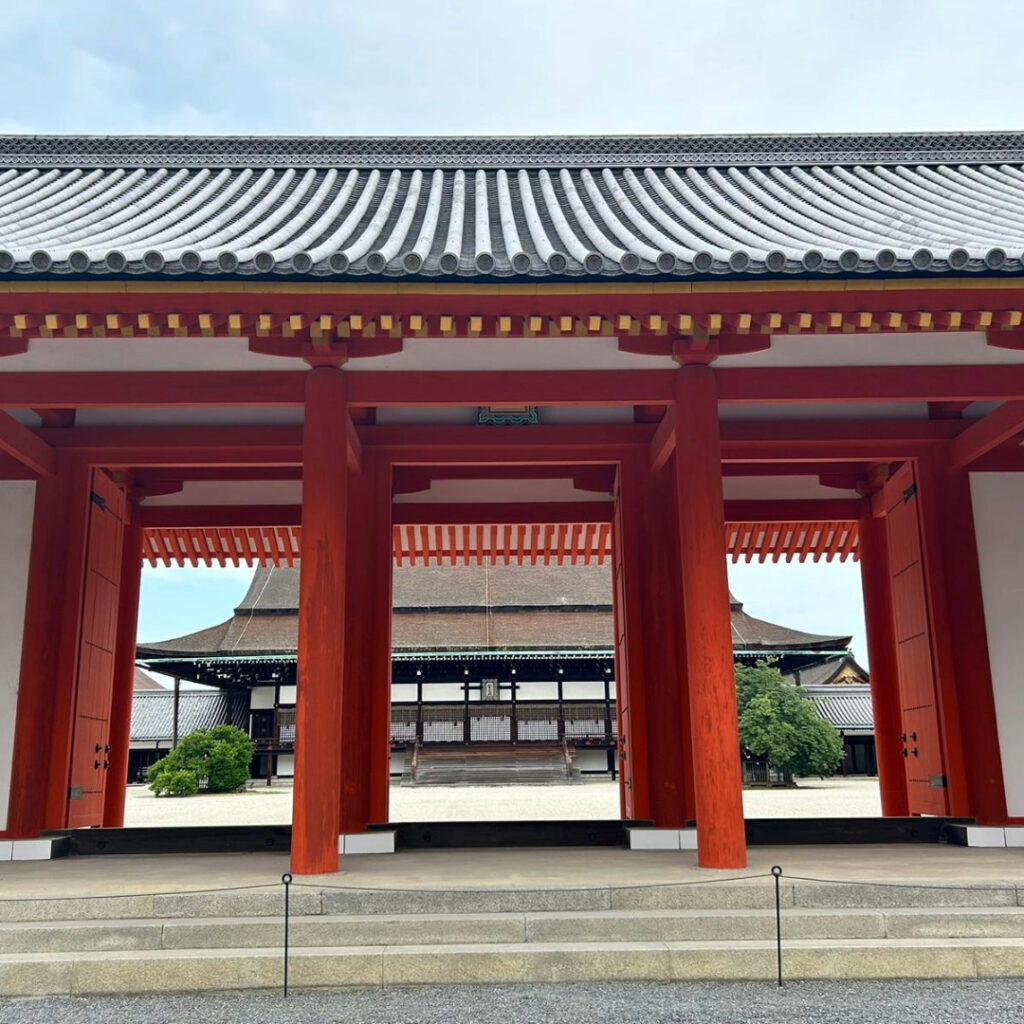
The Imperial Palace has two important gates, the Gishu-mon Gate, which is reserved for those of noble status; and the Kenreimon Gate, which can only be entered by the emperor himself.
The Kenreimon Gate leads to the Shishinden, the most important building in the Kyoto Imperial Palace. Events like state ceremonies were held here including the enthronement of the emperor.
International studies senior Jasmine Olivo was impressed with the palace. As her major centers around learning historical facts about other cultures, she loved hearing the details about its history.
“I really liked seeing all the different houses that the emperor owned and learning about the different uses of each one,” Olivo said. “I really admire the history behind it and it is interesting to learn about Japanese culture from 1,000 years ago. I think that’s my favorite part.”
A short distance away from the palace was the group’s next destination: Nijō Castle. With its ornate designs and traditional architecture, the castle stood tall, juxtaposed against the modern cityscape.
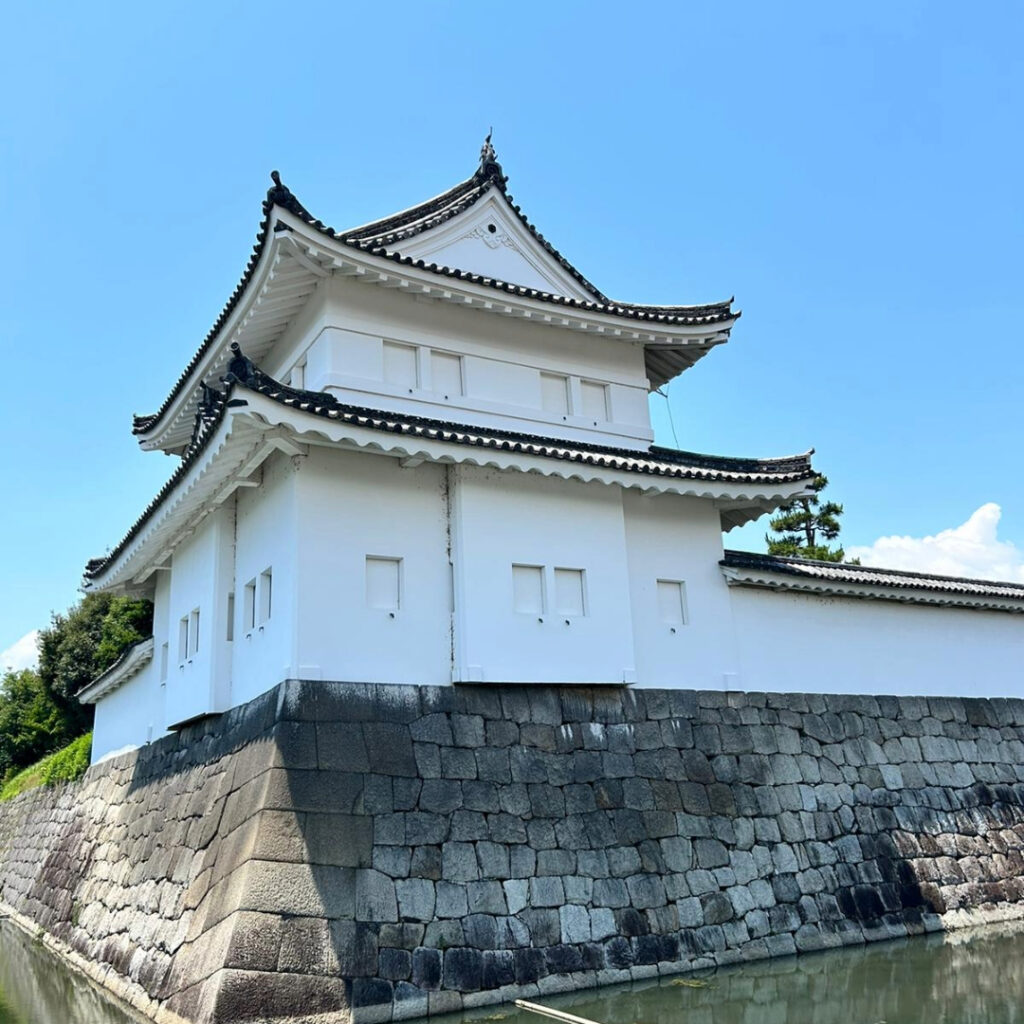
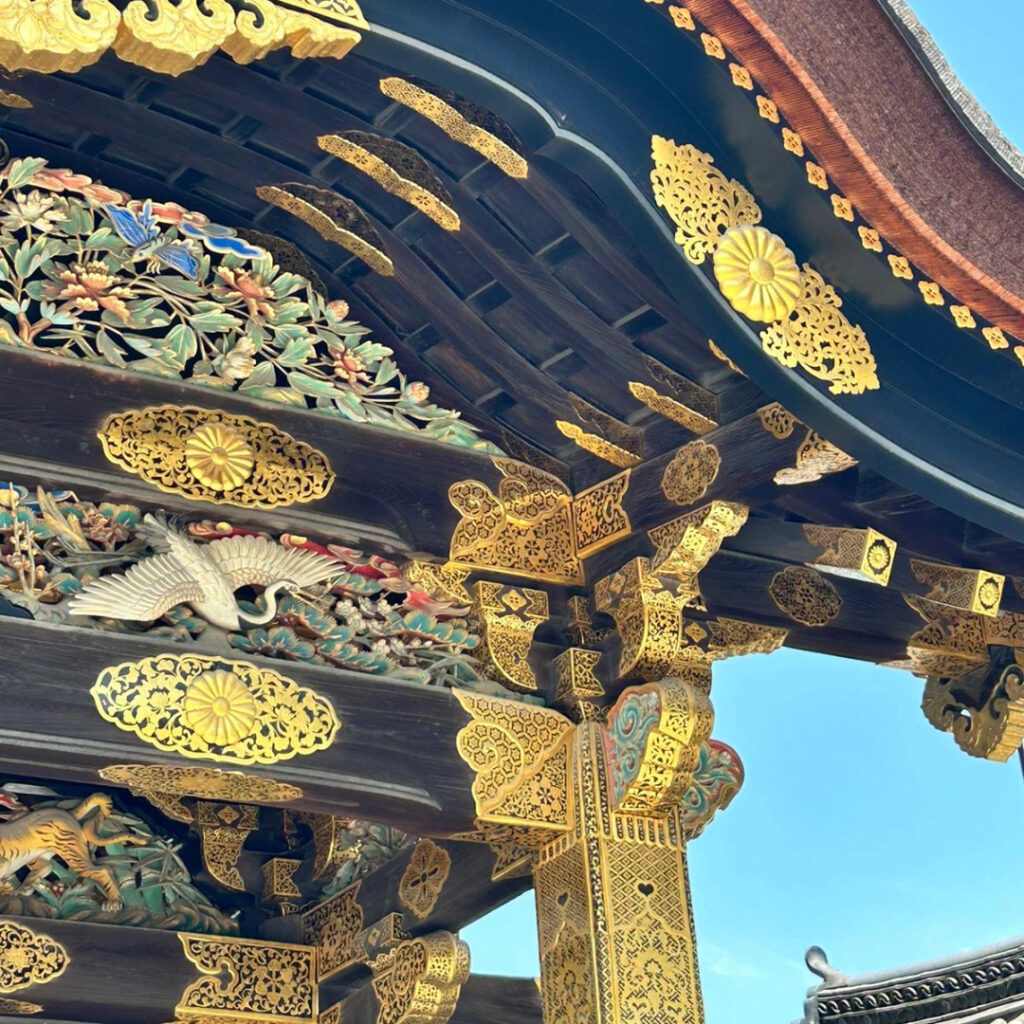
It was built in 1603 and was the home of Tokugawa Ieyasu, the first shōgun – a military ruler – of the Edo period. Japan was under the Tokugawa government for 15 generations and is regarded as one of the country’s longest periods of stability and affluence.
Nijō Castle is a significant Japanese landmark, marking the beginning and end of federal rule, which paved the way for today’s modern Japanese state.
In 1939, Nijō Castle was donated to the city of Kyoto and in 1940, was opened to the public. The castle was listed as a World Heritage Site by UNESCO in 1994.
One of the most interesting facts about Nijō Castle was the Nightingale Corridors. Students walked the castle halls and heard the legendary sound of the floorboards creak with each step they took.
The creaking sounded like birds singing, caused by clamps moving against nails driven into the wooden beams, supporting the floor. It is rumored that this sound was intentionally designed to alert castle guards of an intruder.
Here’s an audio recording of the Nightingale Corridor.
“This house is like a maze,” Murph said. “So actually living here would have been insane.”
The grand castle, protected by a vast moat and imposing walls, was designed to withstand assaults. Interestingly, throughout its long history, the castle never experienced any attacks. Now, the moats and high walls serve as a beautiful addition to the castle’s already picturesque appearance.
During a past fire, many of the original watchtowers at the four corners of the moat were destroyed, but today the southeast and southwest watchtowers are still visible.
While Nijō Castle is the most visited landmark here, the grounds are also home to the Ninomaru Palace, Ninomaru Garden, Honmaru Garden and Palace and Seiryu-en Garden.
International relations senior Elian Reyes wandered around the Ninomaru Garden in search of beautiful scenic landscapes.
“Spending time in the Ninomaru Garden allowed me to appreciate the refined taste and artistic vision of Japan’s historical landscape designers,” Reyes said.
After exploring the Nijō Castle and the surrounding area, students broke off into groups. Some stayed to further explore the gardens, others headed back to the hotel and a few headed out to lunch.
That evening, SJMC Japan’s students experienced bittersweet emotions as they approached Chifaja Sanjo Kawaramachi, a yakiniku – or grilled meat – restaurant that hosted their farewell dinner in Kyoto.
At the restaurant, students enjoyed a unique dining experience, selecting from a variety of meats to cook on the built-in grills at their tables. Both students and faculty grilled their chosen cuts to perfection, savoring every bite of their delicious meal, which was provided by Asia Institute.
The meats included various types of pork, beef and chicken along with delicious sides like rice, buttered corn, grilled vegetables, kimchi, Korean fried chicken, noodles and more.
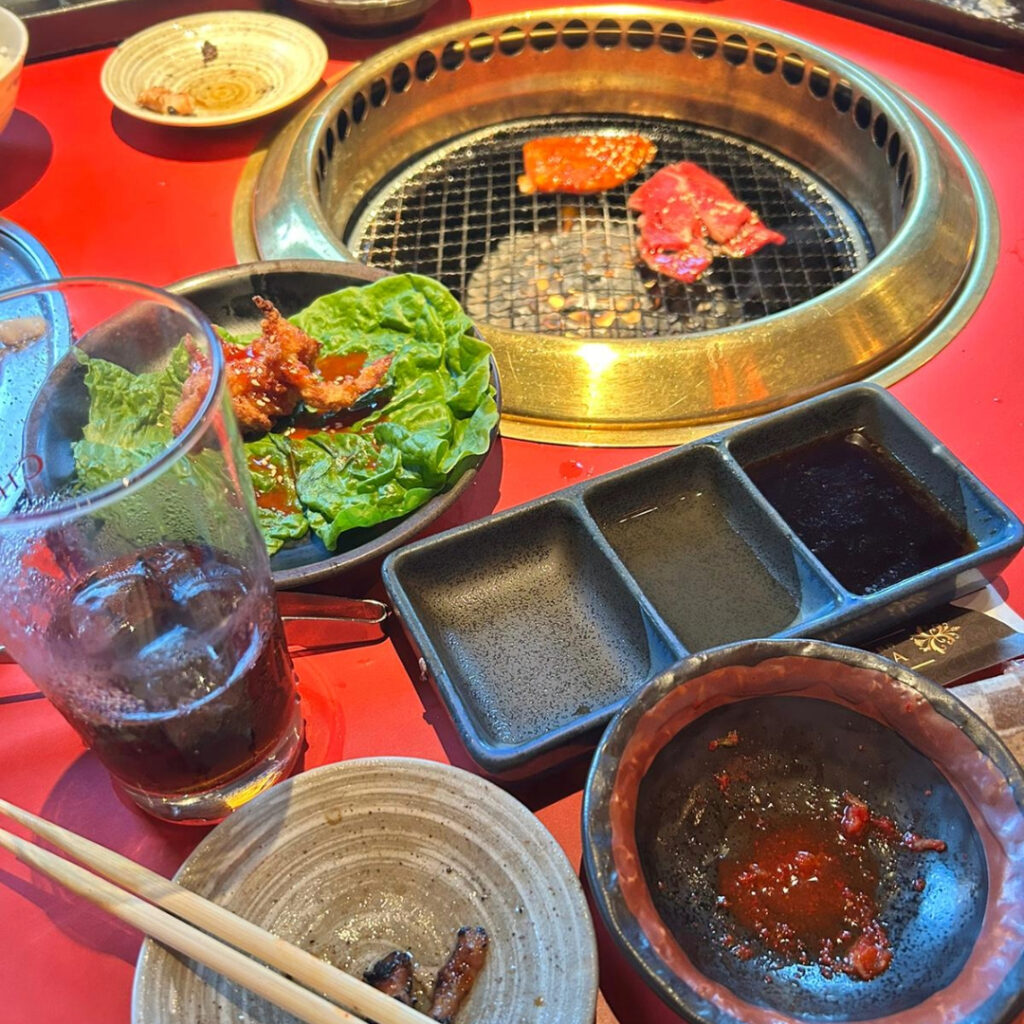
Just before the two-hour dinner came to a close, SJMC Japan Academic Program Director Gilbert D. Martinez and Lecturer Sara Shields announced a “most likely to” award ceremony to end the group’s trip on a fun note.
Martinez and Shields went down the list of awards while the students shared laughs. This gesture demonstrated the bond students and professors built with one another during the program.
Public relations senior Kimberly Garza reflected on the delicious dinner shared with her classmates and professors.
“The farewell dinner was the perfect ending to our unforgettable SJMC Japan program,” Garza said.
As the students dispersed after dinner, some headed back to the hotel, while others completed their last-minute shopping lists.
The students, content with filled bellies and busy to-do lists, are looking forward to seeing the historic landmark Fushimi Inari Shrine tomorrow morning before departing for Tokyo, and so thereafter, home.





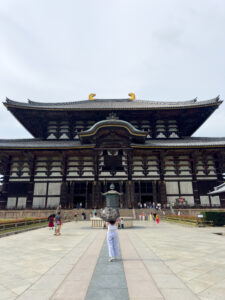
Fantastic read! Thank you for sharing the rich history and such detailed explanations for each destination the group visited. Your last dinner together in Kyoto sounded like the perfect ending to your time there.